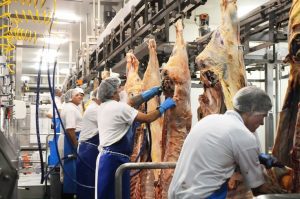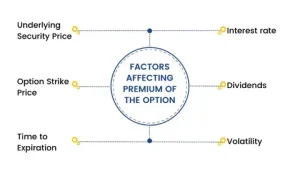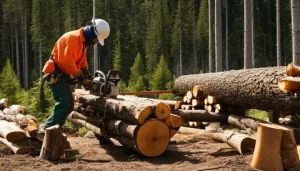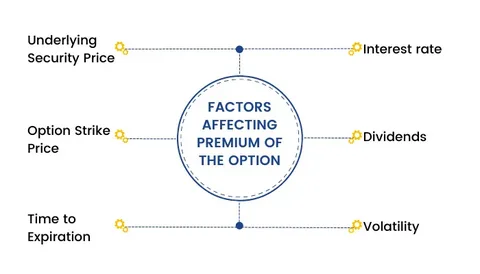Recladding a building is a significant investment that can greatly enhance its appearance, energy efficiency, and structural integrity. However, many property owners find themselves puzzled when trying to estimate how much recladding will cost. Understanding recladding cost: what factors influence the price is crucial to making informed decisions and budgeting appropriately for your project.
What Is Recladding?
Before diving into costs, it’s important to understand what recladding involves. Recladding is the process of removing the existing exterior cladding of a building and replacing it with new materials. This can include brick, timber, metal, or composite panels. The goal is often to improve the building’s aesthetics, protect it from weather damage, or upgrade insulation.
Key Factors Influencing Recladding Cost
1. Type of Cladding Material
The choice of material significantly impacts the overall price. For example:
- Vinyl or fiber cement is usually more affordable.
- Natural timber or stone cladding tends to be more expensive.
- High-end materials like metal panels or composite cladding can increase costs further due to their durability and aesthetic appeal.
The durability and maintenance requirements of each material also influence long-term costs.
2. Size and Complexity of the Building
The total surface area that requires recladding directly affects the cost. Larger buildings naturally require more materials and labor. Additionally, buildings with complex architectural features—such as multiple corners, balconies, or varying heights—will demand more skilled labor and time, increasing the overall price.
3. Labor and Installation Costs
Labor costs can vary widely based on location and the expertise required. Skilled installers who specialize in specific materials often charge higher rates, but their work ensures quality and longevity. Additionally, accessibility plays a role—difficult-to-reach areas may require scaffolding or specialized equipment, further adding to labor costs.
4. Removal and Disposal of Old Cladding
The condition of the existing cladding affects the cost as well. If removal is straightforward, costs remain lower. However, if the old cladding contains hazardous materials like asbestos or is firmly attached, specialized removal and disposal methods will increase expenses.
5. Additional Repairs and Upgrades
Sometimes, recladding uncovers underlying structural issues, such as damaged framing or poor insulation. Addressing these problems during the recladding process is essential but can add significantly to the total cost. Upgrading insulation or waterproofing during recladding might be advisable and will affect pricing.
Why Understanding Recladding Cost Matters
Knowing understanding recladding cost: what factors influence the price helps property owners plan their budgets and avoid unexpected expenses. By considering the type of materials, building size, labor, and potential extra work, owners can make educated decisions and select the best options for their needs.
Conclusion
Recladding is a valuable investment, but it’s vital to grasp the nuances behind pricing. From materials and labor to the building’s size and condition, many factors come into play. With a clear understanding of these elements, property owners can navigate the process confidently and achieve excellent results.




